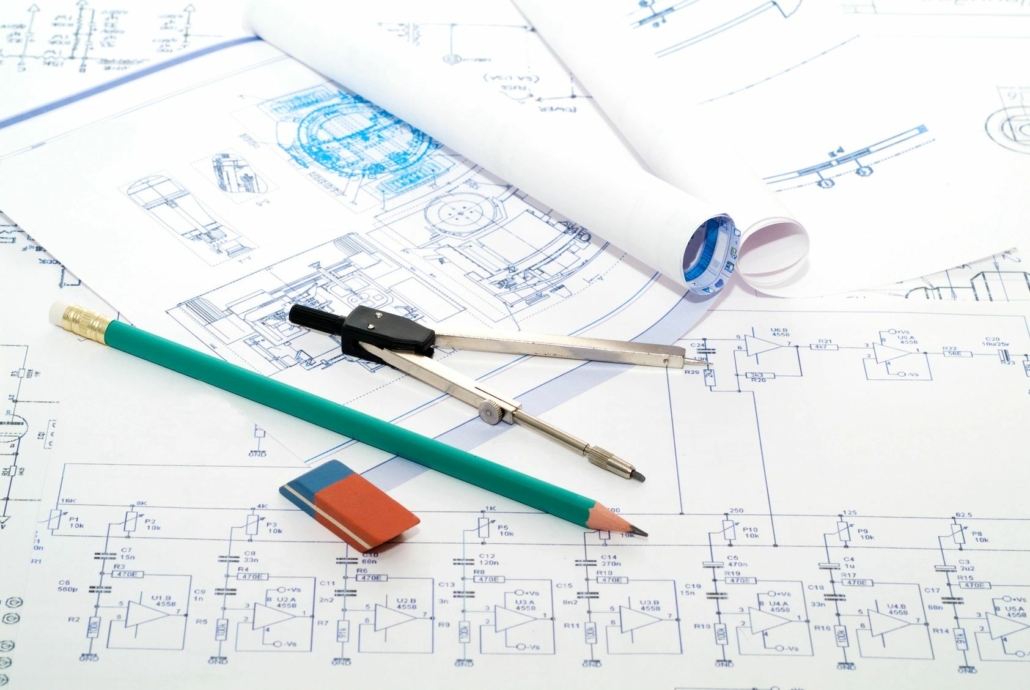
Are you thinking of building a second home? Not just another home but one with subtle nuances that will accommodate your family into the future? We call adding these inconspicuous refinements “livable design details”. Proactive design that enhances and welcomes every generation.
A “simple” first step is to find a house plan (or blueprints) that appeal to you. Start by paying attention to the overall flow of the floor plan…prior to meeting your architect. Envision yourself walking through the space and living there. This will enable you to initiate a productive in-depth conversation with your architect and designer about how you want your home to function for you and your family. (stay tuned for a future post where we go deep into what we recommend be in every second home)
Five tips to keep in mind when developing a livable design plan:
1. Look for a home with a single story floor plan that has a zero step entrance. If you prefer a multi storied home, the layout of the main areas should have at least one (master) bedroom suite on the main floor.
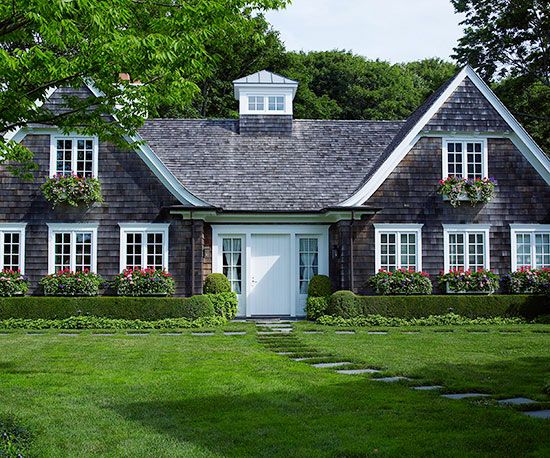
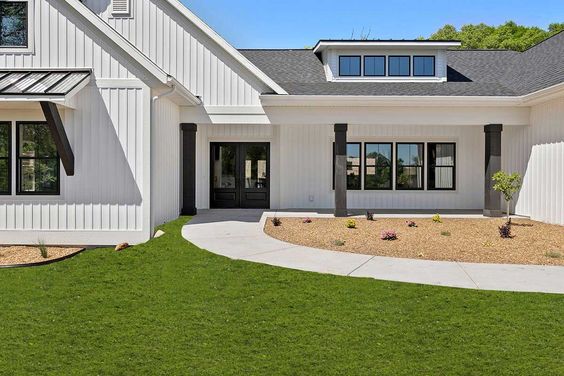
2. Thinking of adding an elevator? You don’t have to commit right away. Add a closet to the floor plan to be easily converted at a later date. To add one that is ADA compliant, (Americans with Disability Act) the minimum door width for an elevator interior is 36″. The depth of the interior must be at least 51″, and the width must be at least 68″, (unless the elevator has center-opening doors, in which case at least 80″ is required). Although this size may seem large, it’s important to plan to have enough space for not only the wheelchair bound person but also a caregiver.
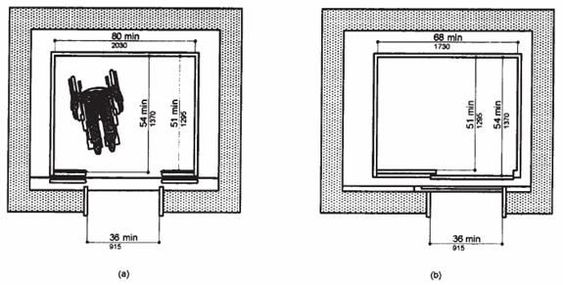
3. Need to accommodate for family with special needs? Hallways and door openings should allow for a minimum of 32″ wide doorways and 36″ – 42″ for hallways.
4. Is bigger always better? In this case, yes. Think about increasing each room size to account for furniture plans that allow for a minimum 36″ pass by space should a wheelchair become necessary. Keeping this in mind – bathrooms need a turning radius of five foot minimum while kitchens need a pass through area of 42 – 48″.
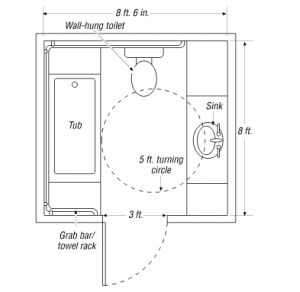
5. Increase the amount of accessible walk-in storage. Not only will this hide clutter and prevent items from being left out, it will also help to prevent falls. Maximizing floor-to-ceiling storage increases orderliness throughout the home.
Bonus: Situate your home in a southern exposure for maximum light! Read more about how light affects design in our blog post entitled “The Healing effects of Light”
